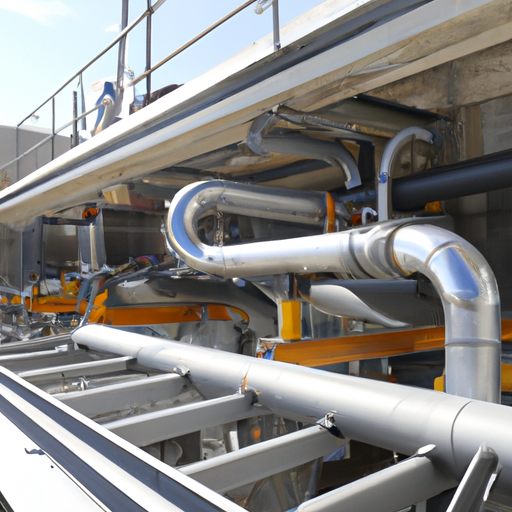Mainstream Line Protection Product Line Parameters

In today's fast-paced world, where technology plays a vital role in our daily lives, the need for reliable and efficient line protection products has become increasingly important. Whether it is for residential, commercial, or industrial applications, line protection products are designed to safeguard electrical systems from various electrical faults, such as overvoltage, overcurrent, and short circuits. This article will explore the main parameters that define a mainstream line protection product line, focusing on their key features, benefits, and applications.
1. Voltage Rating:
One of the primary parameters to consider when selecting a line protection product is its voltage rating. Voltage rating refers to the maximum voltage that the product can handle without compromising its performance or safety. Different applications require different voltage ratings, ranging from low voltage (LV) for residential applications to medium voltage (MV) for commercial and industrial applications. It is crucial to choose a line protection product with the appropriate voltage rating to ensure optimal performance and protection.
2. Current Rating:
Another critical parameter to consider is the current rating of the line protection product. Current rating refers to the maximum current that the product can handle without overheating or causing damage. It is essential to select a line protection product with a current rating that matches the expected load current. Overcurrent can lead to equipment damage, power outages, and even fire hazards. Therefore, choosing a line protection product with the correct current rating is crucial for maintaining the safety and reliability of the electrical system.
3. Fault Clearing Time:
Fault clearing time is the time it takes for a line protection product to detect a fault and interrupt the current flow. The faster the fault clearing time, the better the protection provided by the product. In critical applications, such as data centers or manufacturing plants, where downtime can result in significant financial losses, selecting a line protection product with a fast fault clearing time is essential. It ensures that any electrical fault is quickly isolated and resolved, minimizing the impact on the overall system.
4. Sensitivity:
Line protection products should be sensitive enough to detect even the smallest electrical faults accurately. Sensitivity refers to the ability of the product to detect and respond to abnormal electrical conditions promptly. High sensitivity ensures that the line protection product can detect minor faults, preventing them from escalating into more severe issues. It is crucial to choose a line protection product with adjustable sensitivity levels to cater to different applications and environments.
5. Coordination:
Coordination is a vital parameter when designing a line protection system for complex electrical networks. It refers to the ability of multiple line protection devices to work together seamlessly, ensuring that the fault is isolated and cleared by the nearest protection device without affecting the rest of the system. Proper coordination prevents unnecessary power outages and ensures that only the affected section of the electrical network is disconnected. Line protection products with coordination capabilities enhance the overall reliability and efficiency of the electrical system.
6. Communication and Monitoring:
In today's digital age, line protection products with communication and monitoring capabilities have become increasingly popular. These features allow real-time monitoring of the electrical system, providing valuable data on power quality, fault history, and system performance. Communication-enabled line protection products can also send alerts and notifications to maintenance personnel or system operators in case of any abnormal conditions or faults. This proactive approach helps in identifying potential issues before they escalate, reducing downtime and improving overall system reliability.
7. Environmental Considerations:
Line protection products should be designed to withstand harsh environmental conditions, such as extreme temperatures, humidity, and vibrations. Depending on the application, line protection products may need to comply with specific environmental standards, such as IP (Ingress Protection) ratings or NEMA (National Electrical Manufacturers Association) standards. It is crucial to select line protection products that are suitable for the intended environment to ensure long-term reliability and performance.
Conclusion:
In conclusion, mainstream line protection product line parameters play a crucial role in ensuring the safety, reliability, and efficiency of electrical systems. Voltage rating, current rating, fault clearing time, sensitivity, coordination, communication, and monitoring capabilities, as well as environmental considerations, are all essential factors to consider when selecting line protection products. By understanding these parameters and their significance, users can make informed decisions and choose the most suitable line protection products for their specific applications.





